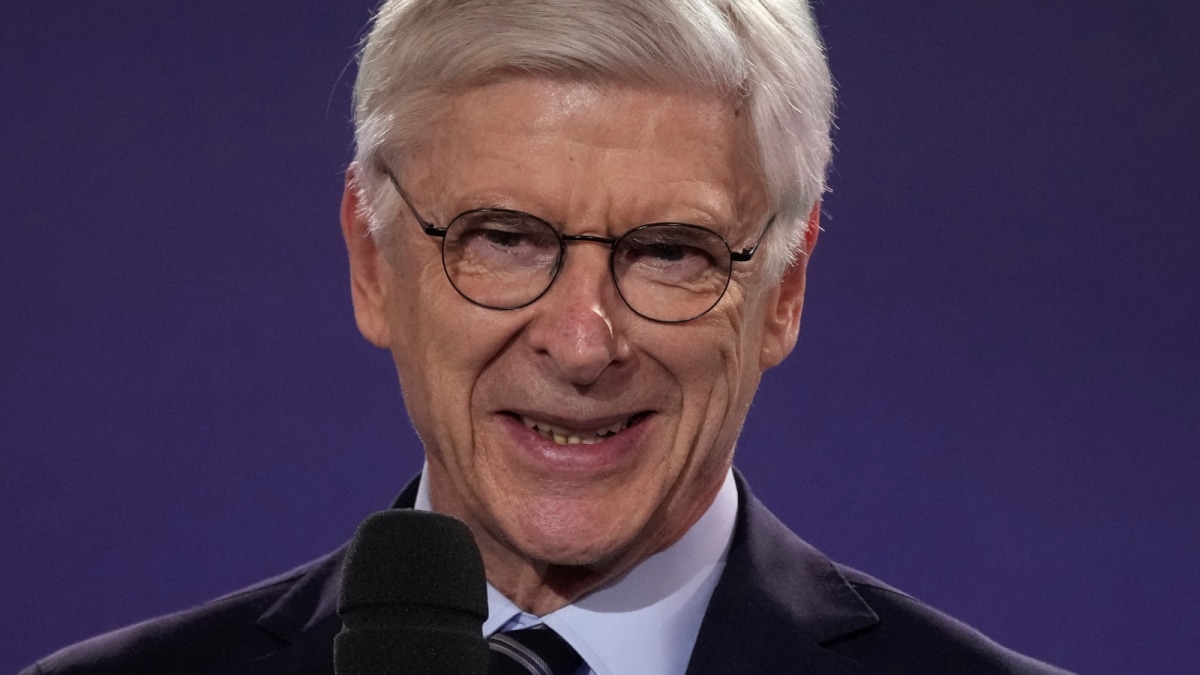ARTICLE AD BOX
Tom Brown didn’t want the findings of his doctoral research to gather dust in some library, nor did he fancy the idea of being on television talking about his work. A competent club cricketer in multicultural Birmingham, and later Warwickshire’s performance coach, Brown’s PhD was about a statistic that was a riddle to him. On the English cricket circuit, he would often hear that British South Asians form 30 percent of those playing recreational games but only 5 percent of them pursue it professionally.
Brown’s academic fact-finding showed that the problem wasn’t with the cricket-crazy South Asians. What needed to change was the system, which favoured privately-educated and white cricketers. That’s when the doer in him got busy.
“As a coach, researcher and player, I’ve gone through the worries of the system. I felt responsible; if I didn’t do it, who is going to do it?” he tells The Indian Express.
Brown, with the help of his cricket contacts, would start the South Asian Cricket Academy (SACA), an initiative that brings non-contracted brown cricketers – some rejected, some overlooked, some disillusioned – back on the radar. Helping him in his ventures, over the years, have been the South Asian community’s role models like Kabir Ali, Moeen Ali, Adil Rashid and Owais Shah, players who Brown had shared the cricket field with.
In about three-and-half years since its inception, SACA has become England’s most productive assembly line for the counties. “We have 14 guys who have professional contracts, making us one of the most successful academies in the country, maybe the world …,” he laughs.
He isn’t joking, merely stating facts.
The SACA website celebrates the graduation of every pupil. There is Aman Rao, the 6’6” pacer with natural bounce, who has joined Gloucestershire; Vansh Jani, the batsman with four big hundreds, now plays for Warwickshire; Zaman Akhter is said to be England’s fastest pacer. He turned out for England Lions against the Indians during the ongoing tour.
And then there’s SACA’s grandest success story – the one featuring leg-spinner Jafer Chouhan. Just last month, he was picked for England’s ODI team that toured the West Indies. He is on the wish-list of many T20 franchises also.
Story continues below this ad
All of these players were weeded out of the system, till SACA gave them a second life. England suddenly has a larger pool and don’t be surprised if a spike is seen in South Asian representation.
“We pick players who are 18 and don’t have a contract. They are trained. They are also given gym, nutrition and psychological support. We give them basically everything a pro cricket player needs. We form a team that plays county second and main teams in friendlies,” Brown explains.
Culture-conscious
Most importantly, at SACA, they also are sensitive to the culture of the South Asian community, something Brown’s research shows had been missing on England’s cricketing greens for years.
He calls it “cultural ignorance”, different from racial bias. Brown explains with an example that shows the depth of his research.
Story continues below this ad
“If I am training a South Asian kid and he is looking down and not asking questions, I would probably look at him and go, ‘well, he’s not interested’, he hasn’t got the right character for this.’ I didn’t know that that’s how they (South Asians) show respect,” he says, pointing how “cultural ignorance” would have cut short many promising careers.
With SACA, those who missed out are returning and the stories of Amar, Vansh, Akhter and Chouhan have lengthened the queue. Last time, Brown says, they got about 500 applications. They shortlisted 60 but could have easily taken in 150 quality players. It was the England and Wales Cricket Board (ECB) who had funded Brown’s research and they have been backing SACA for the last two years. Earlier, it was Birmingham City University.
Those picked have quality. “There was this incident early in the year when 15 of our best players were training. And there were others playing two games, against Yorkshire and Essex at the same time. We won both those games,” he says. It is at such games that the academy boys are spotted and signed by counties. SACA is around to negotiate.
“We create a bit more competition in the market. We tell counties that if you’re not going to sign this player, we’re going to take him to another county,” he says.
Story continues below this ad
When SACA players get signed, Brown is happy but that isn’t his most satisfying moment. It’s the bonhomie between players from India, Pakistan, Sri Lanka, Bangladesh and others playing as a team. “When I started this program, people thought it would be very… almost toxic… but the real strength of the programme is the unity of the community. They are really close-knit. They work and help each other achieve this dream of becoming professional cricketers. I think it is so powerful and that’s the most rewarding thing for you.”
It needed Dr Brown to address English cricket’s very brown problem.



.png)
.png)
.png)

























 English (US) ·
English (US) ·